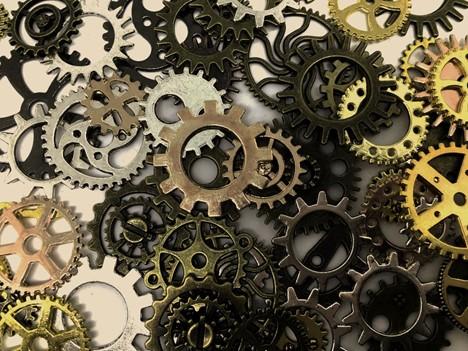A Guide to Understanding Mechanical Seals: How They Work and How to Take Care of Them

Mechanical seals are used to prevent leakage in the moving parts of machines like pumps and mixers. The moving parts can create vibration, which is why the seals must be well-fitted to withstand the regular vibrations.
Components of a Mechanical Seal
A mechanical seal consists of four parts, a rotating face, a flat stationary face, a secondary elastomeric seal, and a spring mechanism. The applications of the mechanical seal will incorporate the elastomer secondary seal to seal the flat static face optimally.
Understanding the Spring Mechanism
Mechanical seals use various spring mechanisms to supply pressure, ensuring that the rotating and stationary faces are kept together. The spring mechanism can be divided into four types: multiple spring, single spring, metal bellows, and wave spring.
The spring mechanism should supply the right amount of pressure. Too much pressure will lead to a lot of wear, and the seal will get destroyed. Too little pressure will cause leakage. The length and type of the spring are made to offer the optimum level of pressure. Mechanical seals rely on the fluid film as well. This refers to the lubrication between the rotating face and the stationary one.
Without lubricating both the faces, the machine will get overheated, which will damage the shaft and the seal as well. Both the stationary and flat faces rotate on a very thin film of lubricant. This film is as this as one micrometer. For perspective, a micrometer is the thousandth part of a millimeter. The ideal lubrication process is a vital part of the mechanical seal as it adds to the lifespan and efficiency of the seal.
Understanding the Components of the Seal Face
The face of the mechanical seal is made with different materials based on the kind of application they’d need. These materials include silicon carbide, carbon-ceramic stainless steel, and tungsten carbide.
Carbon-ceramic is the most common combination of the material for the seal’s face, especially for applications that have clean media. When the media has assorted particles, it's best to use hard seal faces, like silicon carbide against carbon, or silicon carbide against silicon carbide. For conditions where the media may be sticky, like jam or fruit juice, then tungsten faces may be the best choice. To ensure seal hygiene, stainless steel against carbon is used. However, all the faces have their food quality grades mentioned for reference. Choosing a suitable seal face combination will ensure the longevity of the seal.
How to Take Care of a Mechanical Seal?
Professional installation
The most prevalent cause of mechanical seal failure is incorrect installation. When replacing worn-out or old seals, you should ensure that a professional industrial sealing expert performs the process. Mechanical seals have very delicate O-rings that must be carefully handled to avoid damage. Moreover, here are a few things that you should observe during the process of installation:
· The selected seals must be compatible with the hardware and the pump.
· The seal's hardware (glands and bolts) must be tightened evenly.
· The mechanical seal faces must be carefully handled during installation because of their fragility.
An ideal way to ensure that the mechanical seals are correctly installed is by making a mechanical seal, and service professional do the job. During the maintenance process, the experts can carry out an inspection so that they can replace the faulty seals
Protection from heat
If the pump operation generates excess heat, it’ll cause damage to the mechanical seal along with other fragile parts of it. Typically, the quantity of heat produced by the industrial pump isn’t high enough to cause damage. But in cases where the pump runs beyond the guidelines ordained by the manufacturer's parameters, the system may heat up and collapse.
Moreover, if there’s no lubrication on the seals, the friction will cause a lot of heat generation and the O-rings and seal faces will get damaged. To avoid this, make sure that you only use the pump for the processes outlined by the manufacturer and adequately lubricate the pump.
Proper storage
You need to ensure that the seals are correctly stored so that it doesn’t lead to any failure. Storing the seals properly will entail disassembling the components of the seals and keep them in storage separately. You can read the instruction manual provided by the manufacturer to ensure that nothing goes wrong.
About The Author
Daniel James is an experienced engineer with over 15 years of experience in the mechanical seal and service industry providing engineered sealing solutions. He has worked with some of the biggest companies in America, providing technical assistance and onsite support to the manufacturing and processing industries.
Post Your Ad Here
Comments